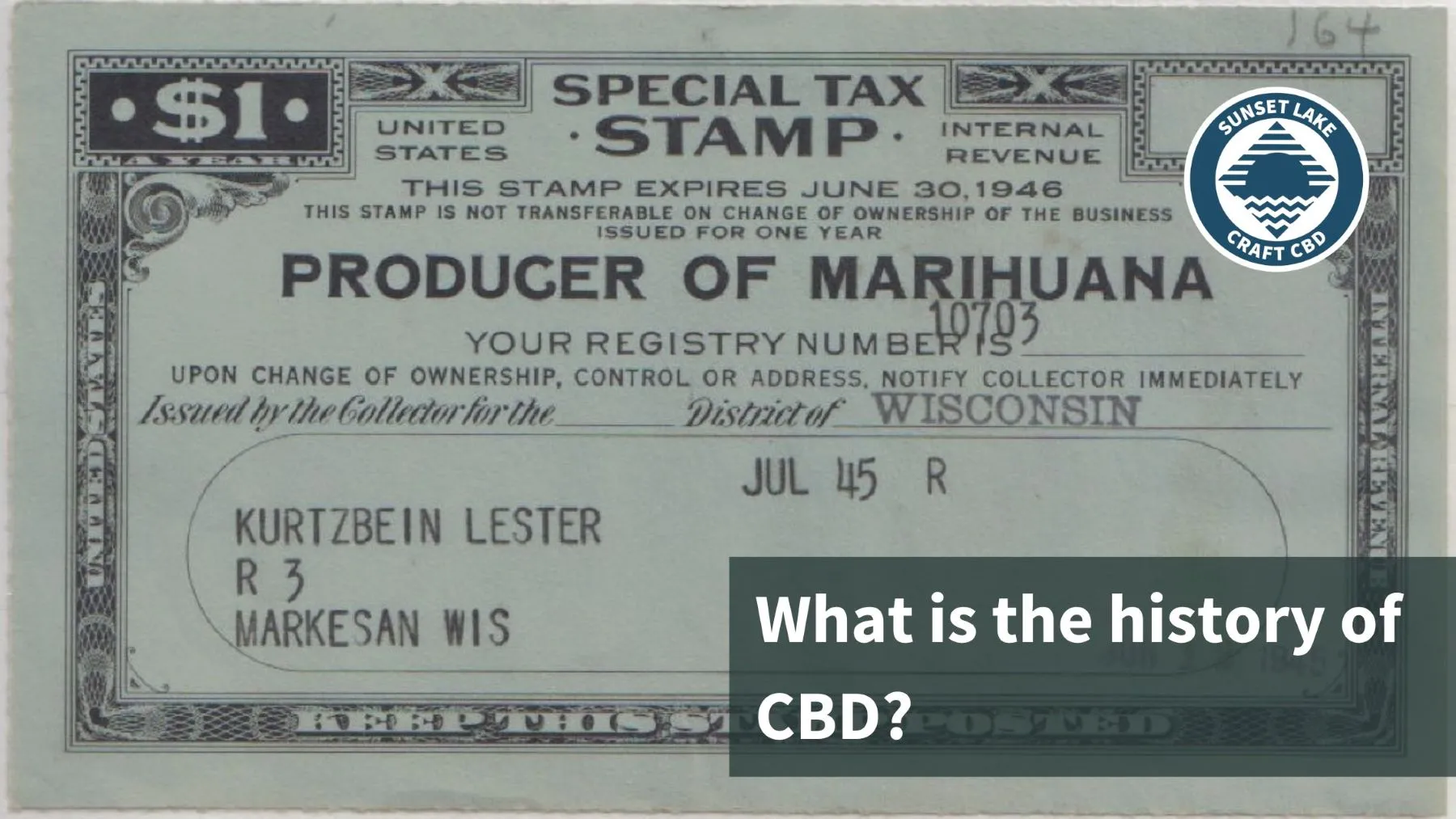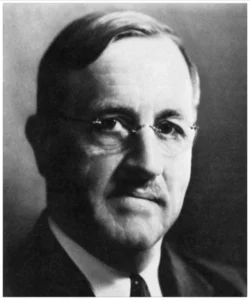No products in the cart.
What is the History of CBD?

Key Takeaways
- U.S. chemist Roger Adams isolated CBD in the 1940s.
- Hemp as a plant has been around for as long as modern agriculture.
- Thanks to the 2018 Farm Bill, CBD research is in full swing
Table of Contents
CBD, short for cannabidiol, might seem like a modern phenomenon, but believe it or not, we’ve known about it for nearly a century. Only recently, thanks to legislative allowances, has CBD re-entered the public lexicon. In this short post, we’ll explore the history of hemp, how we isolated CBD, and where we think the cannabinoid is going.
The History of Hemp
The cannabis family of plants as we know it today is broad and sprawling, with hundreds of different cultivars, smells, and effect profiles. However, it wouldn’t be that way if humans hadn’t selectively bred cannabis and hemp plants over the centuries. Hemp and humans, in a sense, evolved together.
Central Asian Origins
The hemp plant is indigenous to Central Asia, specifically the Indian subcontinent in the Upper Indus River basin region. Over the centuries, it has spread and adapted to climates the world over. Fossil records suggest that humans first cultivated hemp as far back as the first ice age 10,000 years ago. Because of its strong, fibrous stalks, we believe homo sapiens likely cultivated hemp for textiles.
Textile hemp and flowering hemp are two different beasts, as you may already know. Flowering hemp produces more CBD, whose first use we can track back thousands of years to Chinese Emperor Sheng Nung. Rather than smoking hemp as U.S. founding fathers did thousands of years later, Sheng Nung preferred his CBD tea.
Europe and the Americas
Fast forward a few thousand years to when the English crown considered hemp an essential crop. King Henry VIII, famous for numerous marriages and starting the Church of England, fined farmers for not growing grain hemp.
In the early colonies, settlers in Virginia made it illegal for farmers to not grow hemp, too. The irony of the cannabis laws is not lost on this writer. As in England, colonists needed hemp and its tough fiber to make ropes, fishing nets, textiles, and even sails for ships.
How and when was CBD Discovered?
Even though humans have been cultivating and using hemp for millennia, we didn’t unlock its chemical properties until recently. With advancements in biology and chemistry, scholars put hemp under the microscope (pun intended).

Cannabidiol (CBD) was one of the first cannabinoids discovered. Chemist Roger Adams, working at the University of Illinois Chemistry Dept, isolated CBD for the first time in 1940. He and his students used cannabis plants, “ditch weed,” growing off the roadside in Minnesota for their experiments. The following is a passage from his first cannabinoid paper:
“The hemp used in these experiments grew wild in Minnesota during the season of 1938. It was cut in August, after flowering had begun but before seed had “set” in the female tops. It was stored for 6 weeks in a room where a fan assured circulation of air in order to dry it completely. No molding occurred. The material was then beaten and shaken to remove the course stems which amounted to about one third of the total dry weight. The stems were discarded and the relatively fine material that remained was extracted with 95% ethanol …”.
Adams, at the same time, discovered cannabinol (CBN) and theorized about the existence of cannabis’s psychoactive cannabinoid but was never able to isolate it.
Ralph Mechoulam, working in Israel, was able to do just that and isolate THC in 1964. Mechoulam’s work allowed us to see CBD and THC’s molecular form.
The Future of CBD
Since CBD was isolated in 1940, we haven’t studied or used the cannabinoid to its fullest extent. Thankfully, because of the 2018 Farm Bill, CBD research in the United States has picked up.
As of this writing, the FDA has approved one CBD-based medication to treat rare forms of epilepsy, but that’s just one application. As we learn more about cannabinoids, we expect to see some more medical applications and medications.
At Sunset Lake CBD, we’ve been providing farm-direct, sustainably grown CBD and will continue to do so. While we can’t make any medical claims about our products, we can’t stop you from reading product reviews and making educated purchases based on what our other customers say.
Plus, if you have any questions or want to ask for CBD advice, we’re more than happy to help. Just reach out to us via our contact page.
